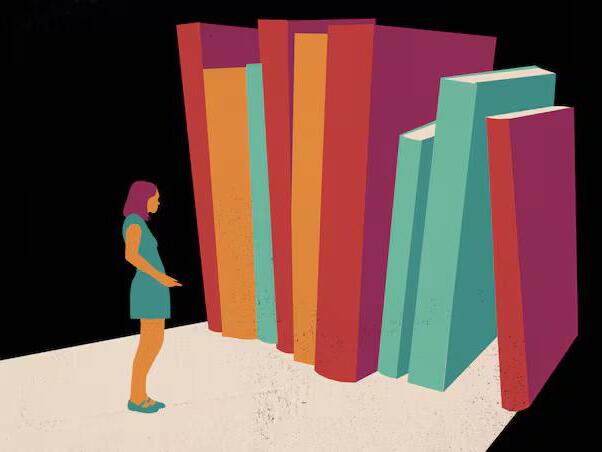Physical Address
304 North Cardinal St.
Dorchester Center, MA 02124
Physical Address
304 North Cardinal St.
Dorchester Center, MA 02124

Recently, the Utah State Board of Education mandated the removal of 13 books from public school libraries across the state. This action aligns with the state’s “sensitive instructional materials” statute (53G-10-103), as these books were found to contain material deemed harmful to minors. While there is a debate surrounding this law, proponents argue it is essential to protect children from sexually explicit content that is easily accessible.
The removal of these books has stirred mixed reactions and highlighted a troubling trend: Adult themes and graphic sexual content are increasingly prevalent in “young adult” literature, intended for ages 12-18. This issue is exacerbated by the growing popularity of “smut books,” targeted at younger demographics, fueled by communities on social media platforms like TikTok’s BookTok. Here, teens discuss the latest “spicy” books they enjoy, often rating them based on their explicit content – the more graphic, the better. However, referring to these books as “spicy” diminishes the seriousness of what is happening – normalizing erotic and pornographic literature for teens. As noted by a writer for the website Protect Clean Fiction, “smut is porn,” and such books romanticize fictional pornography while sexualizing a young audience.
Some may argue that labeling these books as “pornography” is extreme. Yet, The New Oxford American Dictionary defines pornography as “printed or visual material containing an explicit description or display of sexual organs or activity intended to stimulate erotic rather than aesthetic or emotional feelings.” Pornography can indeed be both visual and descriptive.
It is essential to differentiate between educational references to sex in literature and the hypersexualized content found in smut books. Children and teens should learn about healthy sexual relationships, ideally taught by parents and guardians. However, the content in smut books is highly sexualized, often portraying fantasies and behaviors that can impair the development of realistic perceptions of a healthy relationship, much like other forms of pornography. Gail Dines, author of “Pornland: How Porn has Hijacked Our Sexuality,” calls pornography “the world’s de facto system of sex education,” which poses significant concerns.
Beyond creating unrealistic ideas about sex, teen erotic literature carries harmful messages about consent, objectification of women and girls, love, manipulation, violence, coercion, and disempowerment. There is extensive research on the negative impacts of early exposure to sexualized literature and media. The easy accessibility of pornographic material, both written and visual, has led to a significant public health issue. By 2020, 17 states, with Utah being the first, had declared pornography a public health crisis.
Sexual content in literature is not new, but its acceptance has grown, shedding much of the stigma it once carried. Surprisingly, some of this change can be traced back to the popularity of the YA fantasy romance novel “Twilight” by Stephenie Meyer. Although “Twilight” contained tame content compared to today’s romance genre and incorporated moral themes, its success led to fan fiction, some of which was significantly less wholesome.
As more explicit and violent content became widespread online, public opinion on erotica shifted. Reading extreme sexual content became less taboo, with some even labeling it as healthy. Teens, observing this change, became more exposed to “spicy” content intended for younger audiences as authors pushed boundaries on what was deemed appropriate for youth.
This shift raises concerns among parents who might strongly oppose what their children are reading. Often, these books have innocuous covers that conceal their mature themes. For example, the book “Icebreaker” by Hannah Grace features a cartoon-like drawing of a female skater and a male hockey player, presenting an innocent appearance. However, a detailed description reveals the book’s mature themes and graphic sexual content.
So, what can parents do? Parents need to be aware of the types of literature their children have access to. Researching popular and trending books among teens via trustworthy resources like Common Sense Media can be a valuable step. Additionally, it is crucial to understand the influencers your child follows online and the media they recommend.
Most importantly, communication is key. Parents should engage in conversations with their children about books they are interested in or have read. Discussing the importance of avoiding pornography and sharing instincts about uncomfortable content can foster an open, trusting relationship. This openness allows children to feel comfortable discussing disturbing material they may encounter.
Teaching children about healthy relationships, mutual respect, and appropriate media content can guide them through the myriad of choices they face daily. The guidance and conversations by parents can positively impact children’s worldview, helping them make informed decisions about the literature they consume.
Source: Deseret News



